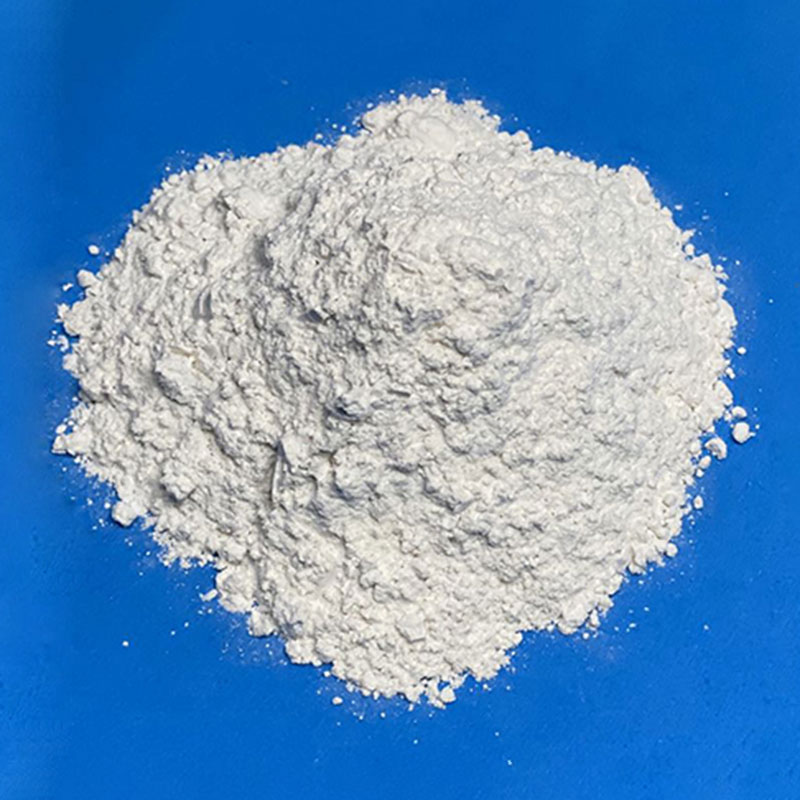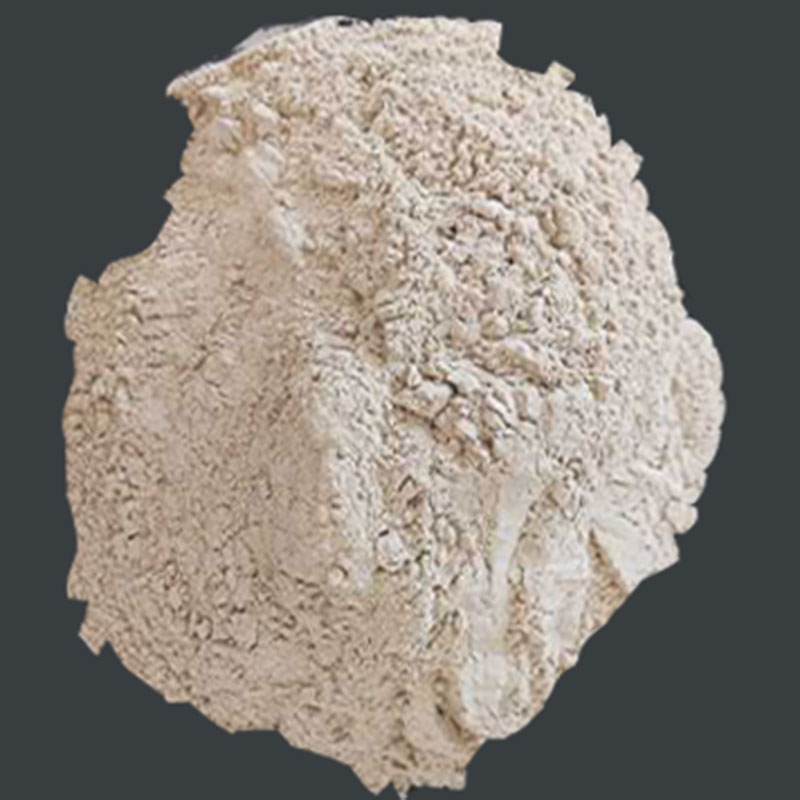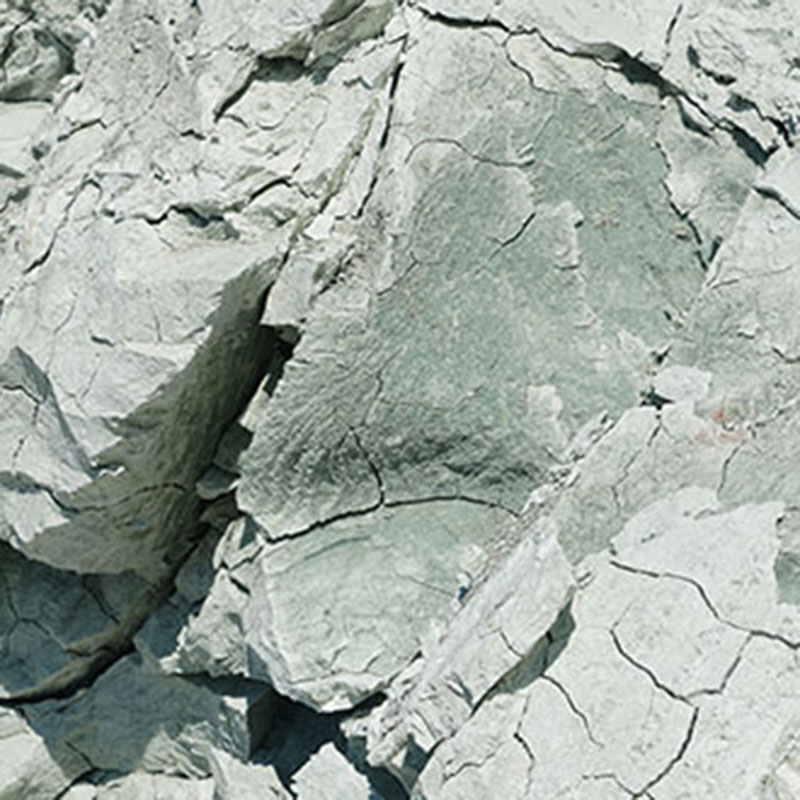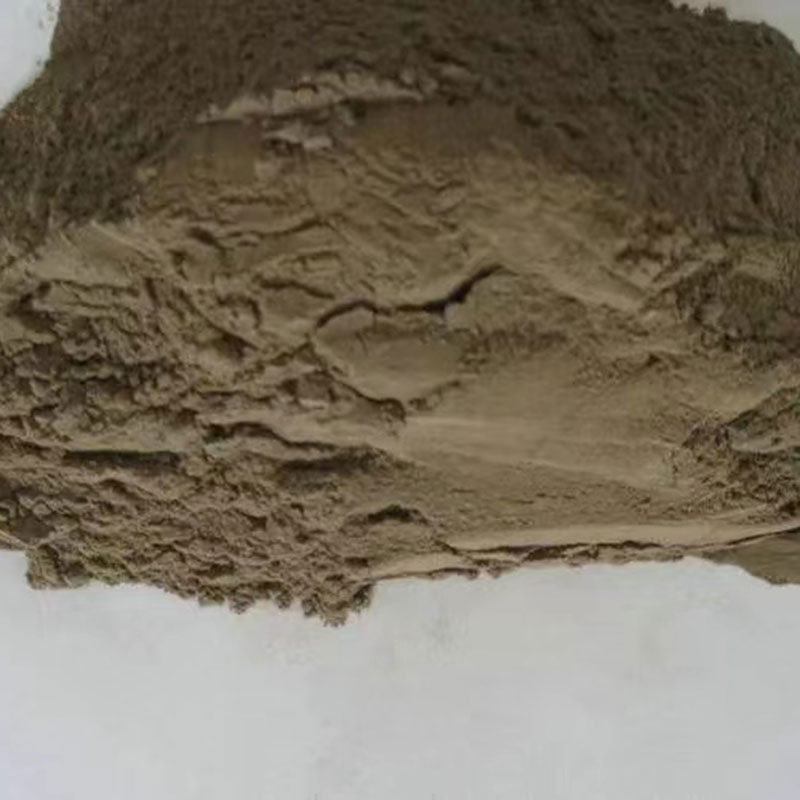High sodium-based content, high viscosity, strong adsorption, sodium-based soap clay
Related Information
Bentonite is also called porphyry, soap clay or bentonite. China has a long history of developing and using bentonite, which was originally only used as a detergent. (There were open-pit mines in the Renshou area of Sichuan hundreds of years ago, and locals called bentonite as soil flour). It is only a hundred years old. The United States was first found in the ancient strata of Wyoming, yellow-green clay, which can expand into a paste after adding water, and later people called all clay with this property bentonite. In fact, the main mineral component of bentonite is montmorillonite, the content is 85-90%, and some properties of bentonite are also determined by montmorillonite. Montmorillonite can come in a variety of colors such as yellow-green, yellow-white, gray, white and so on. It can be a dense block, or it can be loose soil, and it has a slippery feeling when rubbed with fingers, and the volume of the small block expands several times to 20-30 times after adding water, and it is suspended in water and pasty when there is less water. The properties of montmorillonite are related to its chemical composition and internal structure.














